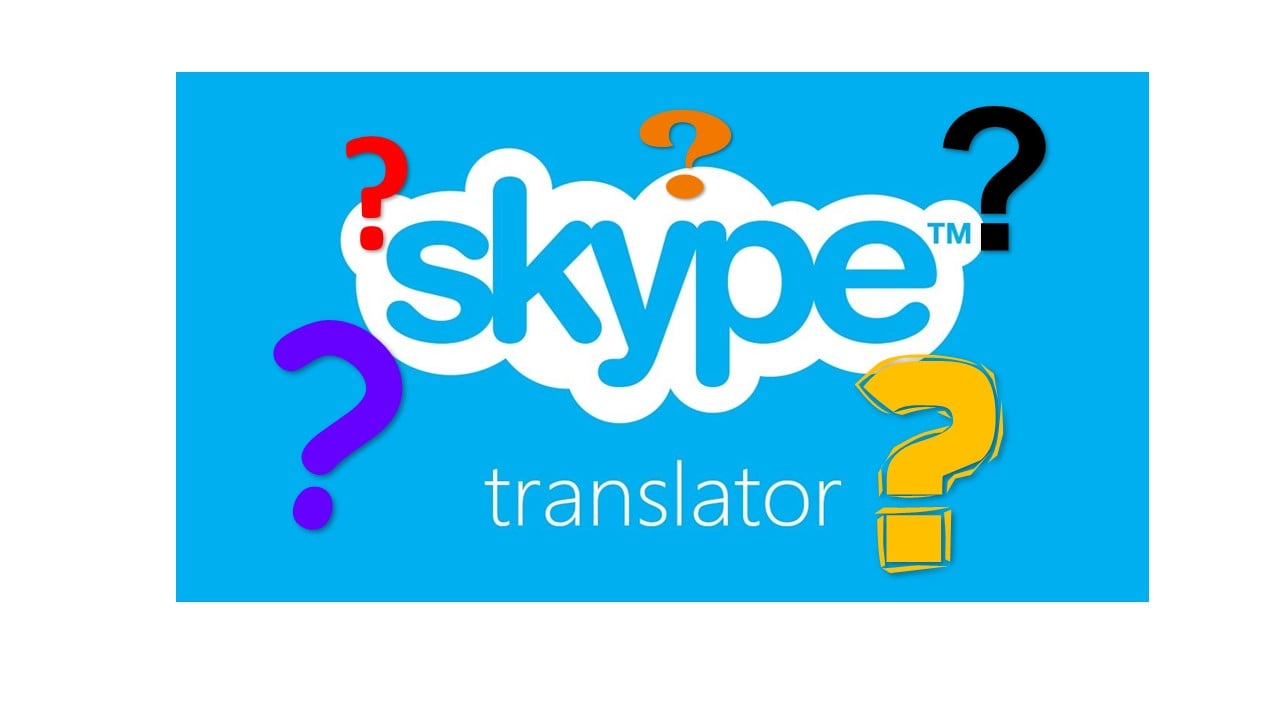I tested the Skype Translator and love was in the air…but I’m not sure why
Medical Pharmaceutical Translations • Apr 18, 2016 12:00:00 AM

So when I found out Skype was trying to make communication even easier, with Skype Translator, I was pretty excited. And when aiaTranslations asked me to review the Translator (which has been integrated into the updated version of Skype since early this year), I was downright eager to get started.
First, a little background on me, and Skype Translator:
Me: I speak (American) English as a native language, and French as a second one. I also come with a willing experiment partner, my husband, who’s a native French speaker, and speaks English as a second language. In our native languages, neither one of us has a marked regional accent, so there would be little chance of the translator misunderstanding us due to that.
Skype Translator: First launched in test/preview versions in 2014, Skype Translator uses a combination of automatic translation, voice recognition, and a bunch of other stuff, to figure out what you’re saying and translate it into your conversation partner’s language just about as fast as a simultaneous interpreter would. This is done with a voiceover and with the text of your words on the screen. The words you see are in your native language, but your conversation partner will see them in their native language. You can also use the translator with Skype chat messages.
To conduct our experiment, my husband and I used our PC’s. We thought this was fitting, since we figured many people would be interested in using the Translator at their desk at work, or via their home computer or laptop. My husband took his PC into another room, and I stayed put.
I opened Skype and clicked on my husband’s name in my Contacts, then the globe icon beside it, which let me select his native language. I then slid the button to turn on the Translator. In the other room, he did the same for me. Then, I called him.
So, how did it go?
The translator started up right away, and with a surprising message. My husband isn’t one for overtly romantic expressions, but there it was: “I love you,” the perfectly American-accented translator ‘bot voice said. Aww. I was surprised and touched that my husband saw this as an opportunity to be romantic.
But actually, he didn’t.
“That’s not what I said!” he told me. We couldn’t figure out what combination of words the Translator could have mistaken for that touching phrase, but it weirdly kept happening throughout our call. Was the Translator simply programmed to think that French is the language of love?
Not that much else made sense, either. The Translator – especially the scrolling text transcription of what we were saying– went along quickly…but only rarely did it completely get it right. Luckily, we could hear each other’s voices just before the Translator’s kicked in, but if someone were doing this with a person whose language they didn’t understand, things could get strange, frustrating, or even downright awkward, what with all those random I love you’s, as well as, at one point, the translator making it sound like my husband was telling me he’d spent the night with someone (I think we were both pretty grateful we could hear each other’s actual voices when that happened).
We thought it might have been due to how fast we were talking, but even when we slowed down, the Translator had trouble. My husband observed that it seemed not to register contractions in English, and I noticed that space-filler words like “um” or “ben” (in French) were considered actual words – at one point, the translator claimed my husband had said “Boo.”
Here are two of my favorite mistranslations:
“I see what I say in English but it’s not a wreck” (Maybe the Translator was trying to save itself here: I’d actually said “I see what I say in English but it’s not correct.”)
And, simply, “baby Chiral” (We still have no idea what combination of words or sounds created that one.).
At one point, the Translator just shut off, maybe because we’d started trying out the text message function? But when we tried to see if that was the case later, the Translator stayed on, as well.
On the other hand, when used for translating Skype chat (the equivalent of text messages from one Skype account to another), the Translator generally impressed us. It was usually pretty accurate, although some word choices and mistakes were a bit confusing. There’s also a really useful feature: You send your text in your native language and you can also click to see how it’s been translated for your conversation partner. If you’re at least somewhat familiar with the other person’s language, this could help you prevent or clarify errors.
Ultimately, though, it was hard for us to understand how anyone could use Skype Translator and expect reliable results, especially when speaking only, and in a professional context.
I can’t say, on the other hand, that other language versions aren’t better. And the technology is also an evolving one, where the translator ‘bot will apparently learn from speech patterns and vocabulary, so maybe over time, things do improve.
Still, based on this experiment, Skype Translator isn’t something I’d trust with important international communications. But it sure made for a fun – and even sort of romantic (albeit due to a mistranslation) — night with my husband. So, if you’re looking for some laughs with a friend or loved one, you might want to check it out. Otherwise, be careful before using it.
Final verdict: Just as words of love can be pleasing, real translators and interpreters are always best, even if we may not seem as cool as a smart (and possibly ambiance-setting) robot.
